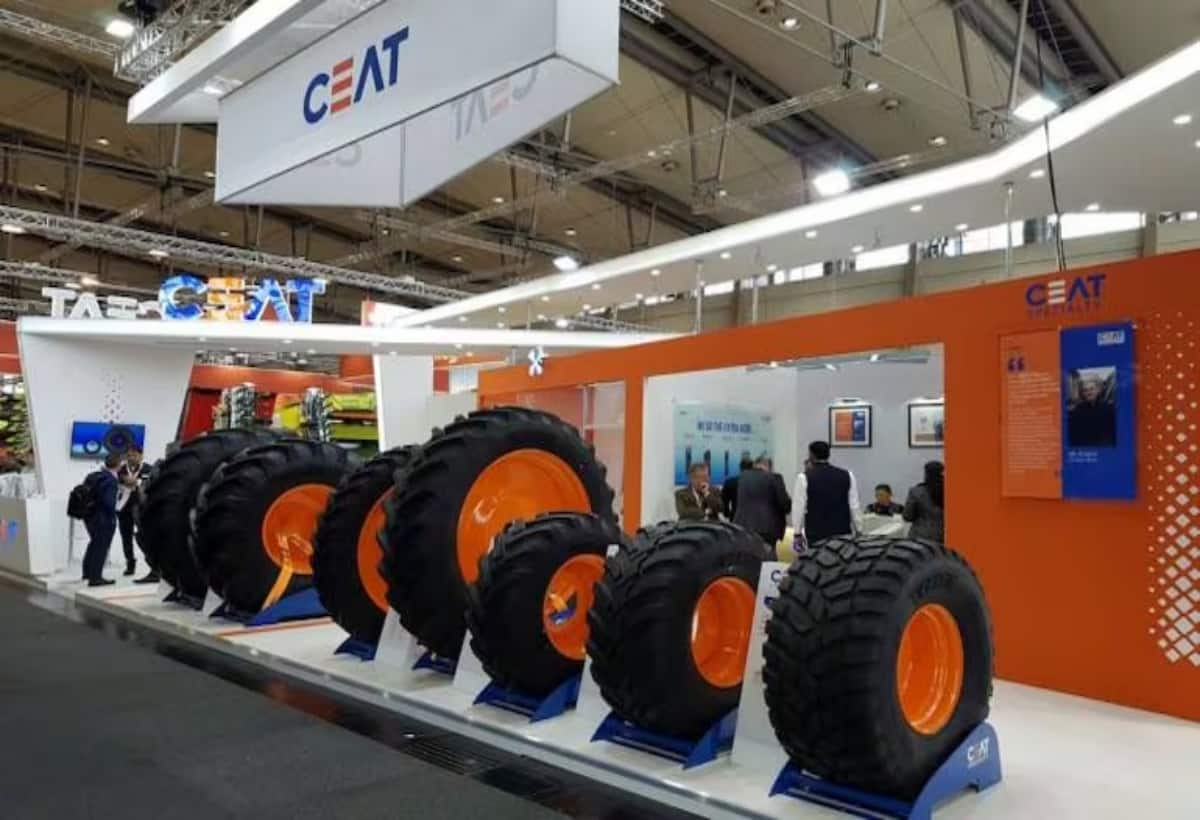
CEAT Q3 Results: RPG Group’s tire manufacturing company CEAT Limited has released its third quarter FY25 results. In the October-December quarter, the company’s net profit has declined by 46.5 percent on an annual basis. The company recorded a profit of Rs 97.1 crore during the period. The company said in a regulatory filing that it had made a profit of ₹181.5 crore in the same quarter of the last financial year. Today a rise of 0.51 percent was seen in the shares of the company and this stock closed at the price of Rs 3057.50 on BSE.
CEAT’s revenue increased by 11 percent
CEAT’s revenue increased by 11.4 per cent to Rs 3,299.9 crore during the December quarter, compared to Rs 2,963.1 crore in the same period last financial year. EBITDA declined 18.3% to ₹340.9 crore in Q3FY24 from ₹417.5 crore in Q3FY24. EBITDA margin during the quarter stood at 10.3 per cent, compared to 14.1 per cent in the same period last financial year.
CEAT’s Rs 400 crore capex plan
CEAT has proposed a capex of ₹400 crore to increase production capacity at its plant located in Butibori, Nagpur, Maharashtra. The existing plant currently produces approximately 270 lakh tires annually, with 90% capacity utilization. The expansion aims to increase capacity by 30 per cent and the additional capacity is expected to be operational by the end of FY 2027-28.
CEAT CEO’s statement
Arnab Banerjee, MD & CEO, CEAT, said, “We witnessed strong double digit YoY growth, mainly due to rising demand in the replacement segment. Although rising raw material costs impacted our bottom line, we achieved growth in some categories during the quarter. Part of this has been passed on to customers by increasing prices. Demand remains stable, and our order book is quite strong in the fourth quarter. The momentum will continue.”
CEAT CFO Kumar Subbiah said, “Increased raw material costs impacted our overall profit during the quarter. We managed some of this impact by increasing prices and controlling expenses. Meanwhile, our capex during the quarter stood at ₹283. crore, which we met entirely from our internal savings, so our debt remains the same as before.”